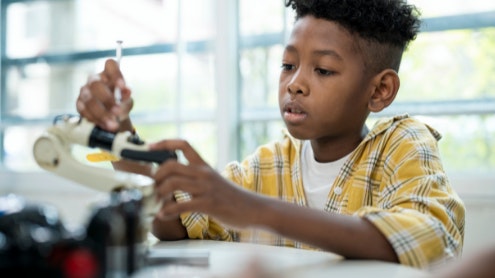Homepage
•
Learning Library
•
Blog
•
Preparing Students for Jobs That Don't Exist
Expand breadcrumbs
Expand breadcrumbs
- Learning Library
- Blog
- Preparing Students for Jobs That Don't Exist
- Homepage
- •
- Learning Library
- •
- Blog
- •
- Preparing Students for Jobs That Don't Exist
Preparing Students for Jobs That Don't Exist
By Nicole Krueger
August 31, 2021








